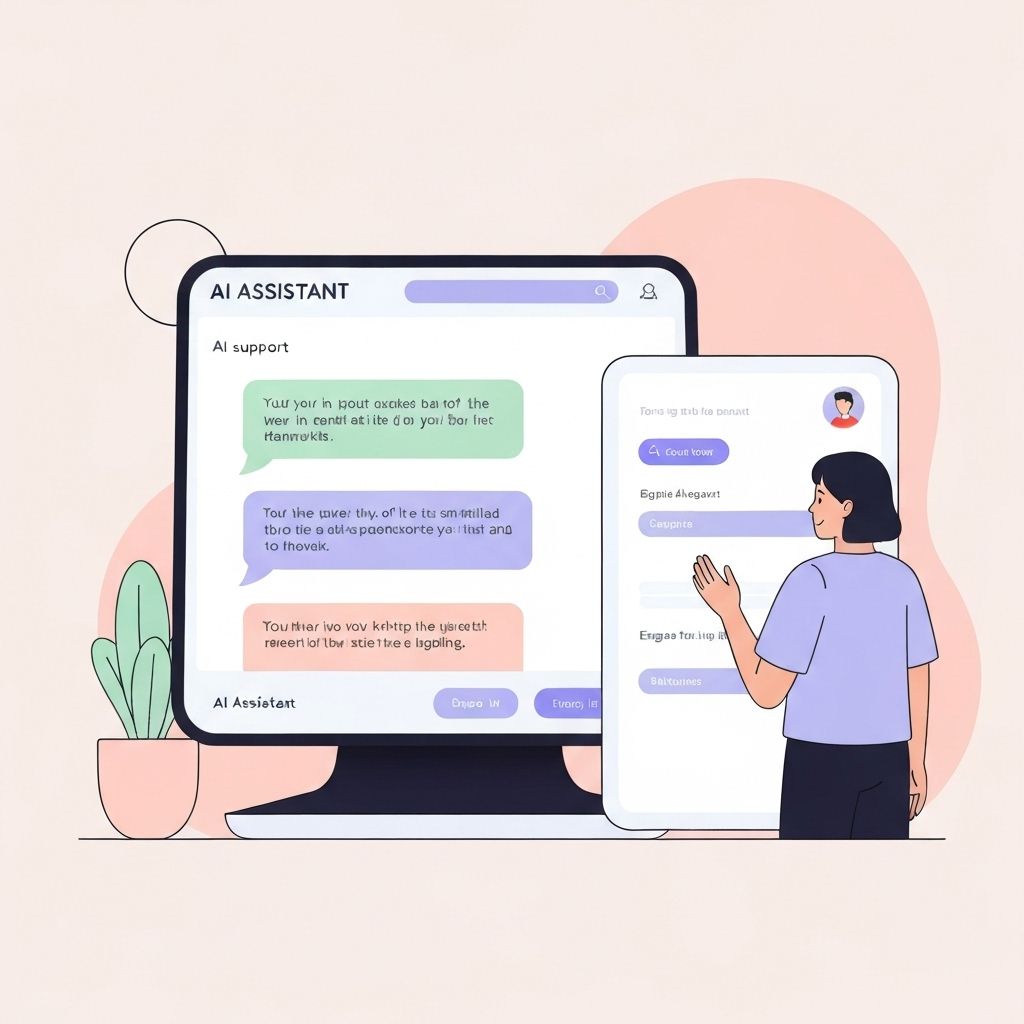How AI is Revolutionizing Pharmaceutical Outreach in 2024

The pharmaceutical industry is experiencing a seismic shift in how companies approach outreach and partnership development. Artificial intelligence has emerged as the game-changing technology that's revolutionizing how life sciences companies connect with Big Pharma, biotech firms, and key decision makers.
The Current State of Pharmaceutical Outreach
Traditional pharmaceutical outreach methods are becoming increasingly ineffective. Cold calling has a response rate of less than 2% in the pharma industry, while generic email campaigns often end up in spam folders or get deleted without being read. The challenge is compounded by:
- Strict compliance requirements (FDA, HIPAA, etc.)
- Complex decision-making hierarchies
- High-value, long sales cycles
- Risk-averse corporate cultures
How AI is Changing the Game
Artificial intelligence is addressing these challenges head-on with sophisticated solutions that were unimaginable just a few years ago.
1. Predictive Analytics for Target Identification
AI algorithms can analyze vast datasets to identify the most promising pharmaceutical targets. By processing information from:
- Clinical trial databases
- Patent filings
- Financial reports
- News and press releases
- Social media activity
AI can predict which companies are most likely to be interested in partnerships, licensing deals, or service contracts.
2. Hyper-Personalized Messaging
Gone are the days of one-size-fits-all email templates. AI-powered personalization engines can craft messages that speak directly to each recipient's specific interests, challenges, and business objectives. This includes:
- Analyzing the recipient's recent publications and research interests
- Understanding their company's therapeutic focus areas
- Identifying recent business developments or challenges
- Crafting messages that reference specific, relevant details
3. Optimal Timing and Channel Selection
AI can determine the best time to reach out to prospects and which communication channel is most likely to generate a response. This includes analyzing:
- Historical response patterns
- Industry event schedules
- Company announcement timings
- Individual communication preferences
Real Results from AI Implementation
Companies that have implemented AI-powered pharmaceutical outreach strategies are seeing remarkable results:
- 340% increase in response rates compared to traditional methods
- 65% reduction in time-to-first-meeting with qualified prospects
- 180% improvement in meeting-to-partnership conversion
- 50% decrease in compliance-related issues
Case Study: Biotech Startup to Big Pharma Partnership
A mid-stage biotech company specializing in oncology therapeutics was struggling to secure partnerships with major pharmaceutical companies. After implementing an AI-powered outreach strategy:
- Identified 23 high-probability targets from a database of 500+ pharma companies
- Achieved a 28% response rate (vs. 3% with previous methods)
- Secured 8 qualified meetings in the first month
- Closed a $150M licensing deal within 6 months
The Future of AI in Pharmaceutical Outreach
As we look ahead to the rest of 2024 and beyond, several exciting developments are on the horizon:
Advanced Natural Language Processing
Next-generation NLP models will be able to understand and generate even more sophisticated, contextually relevant communications that sound completely natural and human-like.
Real-Time Market Intelligence
AI systems will provide real-time insights into market developments, allowing for immediate pivots in outreach strategy based on breaking news, regulatory changes, or competitive moves.
Predictive Relationship Mapping
AI will be able to map complex relationship networks within pharmaceutical organizations, identifying the true decision makers and influencers for any given opportunity.
Getting Started with AI-Powered Pharmaceutical Outreach
For life sciences companies looking to implement AI-powered outreach strategies, here are the key steps:
- Data Foundation: Ensure you have clean, comprehensive data about your target market
- Compliance Framework: Establish clear guidelines for AI-generated communications
- Technology Partner: Work with experienced providers who understand the pharmaceutical industry
- Pilot Program: Start with a focused pilot to prove ROI before scaling
- Continuous Optimization: Regularly analyze and refine your AI models based on results
Conclusion
AI is not just changing pharmaceutical outreach—it's revolutionizing it. Companies that embrace these technologies now will have a significant competitive advantage in securing partnerships, licensing deals, and service contracts. The question isn't whether to adopt AI-powered outreach, but how quickly you can implement it effectively.
The pharmaceutical industry has always been about innovation and breakthrough discoveries. Now, it's time to apply that same innovative spirit to how we connect and communicate with potential partners.
Ready to Transform Your Pharmaceutical Outreach?
Get a custom strategy session to discover how AI-powered outreach can help your life sciences company secure more partnerships with pharmaceutical and biotech companies.